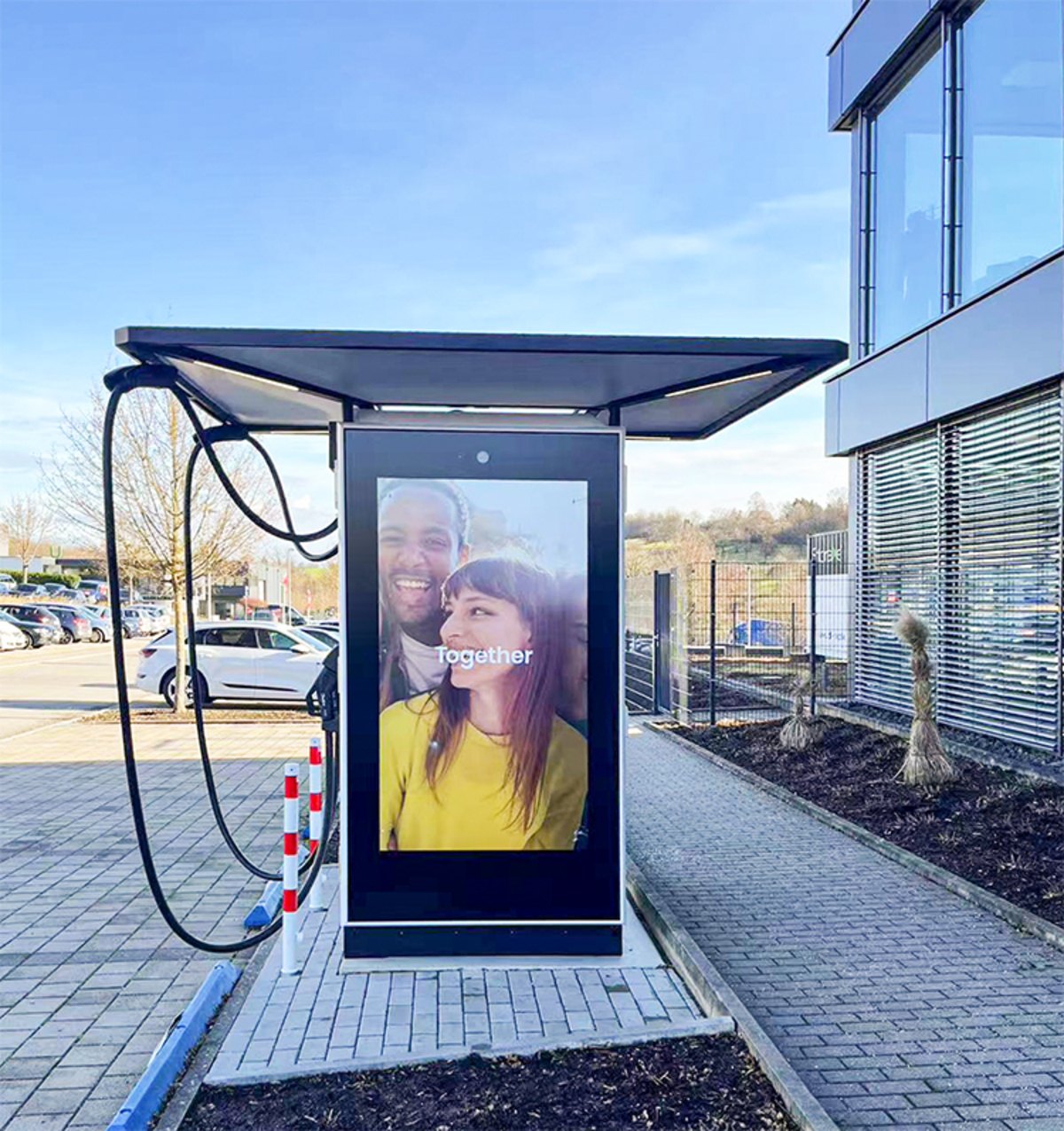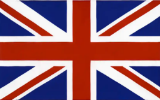Is there any quality issue such as color difference with Sunlight Readable Display?
Sunlight Readable Displays have emerged as a critical asset for industries operating in outdoor or high-light environments. Yet a common concern persists among large-scale buyers: “Is color difference a significant quality issue with these displays?” As a trusted supplier specializing in high-performance outdoor visual solutions, we break down the science behind color consistency and showcase how our technology eliminates this bottleneck for global clients.

Risingstar Sunlight Readable Display Use Case
Why Color Difference Occurs in Traditional Sunlight Displays
Sunlight readability inherently demands high brightness (often 1000+ nits), but traditional designs face two core challenges:
Thermal Instability: High luminance generates heat, causing liquid crystal molecules to shift and skew color gamut coverage. In extreme cases, prolonged sunlight exposure can lead to ΔE > 5 color deviation—visible to the naked eye in side-by-side comparisons.
Optical Layer Mismatch: Poorly calibrated anti-glare (AG) or anti-reflective (AR) coatings can alter light transmission rates, creating batch-to-batch variations in hue or saturation. This is particularly problematic for brands deploying displays across diverse geographies.
Color Temperature Drift: As backlight units age, LED degradation may shift color temperature (e.g., from 6500K daylight to warmer tones), disrupting visual consistency in long-term projects.
4 Solutions to Eliminate Color Issues
Optical Bonding Technology
Reduces internal reflections by 80%, preventing color distortion caused by air gaps and humidity ingress18.
Maintains ΔE <3 color accuracy (tested under 100,000 lux sunlight).
10-Bit IPS Panels
Delivers 1.07 billion colors for precise gradients, critical for aviation dashboards and medical imaging.
178° viewing angles ensure color consistency across wide displays47.
Dynamic Backlight Compensation
Auto-adjusts LED arrays to offset brightness-induced color shifts (±5% tolerance).
Certified for 50,000+ hours of stable performance (MIL-STD-810G vibration tested)36.
Anti-UV Nanocoating
Blocks 99% of UV rays to prevent screen yellowing and contrast loss over time.
Passes 2,000-hour accelerated weathering tests (ISO 9022-9 standard)15.
Industry Applications with Strict Color Demands
Aviation: Airport runway displays requiring Pantone-certified red/green signals37.
Healthcare: Surgical monitors with DICOM-compliant grayscale reproduction.
Retail: Outdoor advertising screens with 98% sRGB coverage for brand color accuracy.
Case Study: A Saudi solar farm reduced false alerts by 45% using 7,000 nits displays with ΔE <2 color stability in desert conditions48.
Ready to Eliminate Color Variability in Your Projects?
Color difference shouldn’t be a trade-off for sunlight visibility. Our Sunlight Readable Displays redefine what’s possible in outdoor visual technology—delivering uncompromising brightness, durability, and true-to-life color accuracy at scale.







